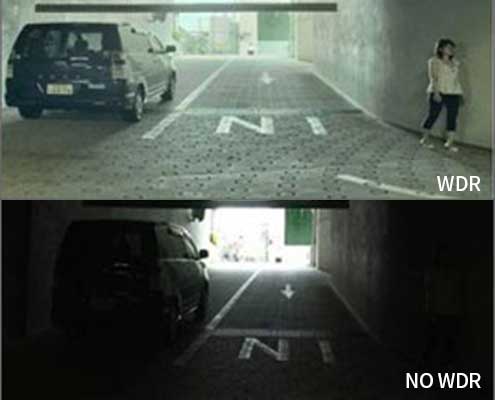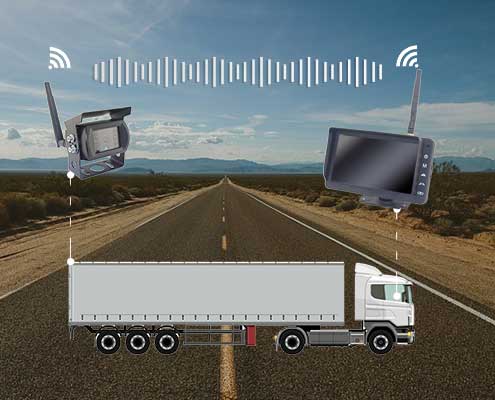As the trucking industry continues to grow, wireless reversing camera systems are playing an increasingly important role in improving driving safety and operational efficiency. However, sometimes when using these systems, the signal can be disturbed, reducing its stability and clarity. Let’s explore some ways to help users enhance the signal of their truck’s wireless reversing camera system to ensure that drivers are able to get a more reliable and clearer view of their reversing vehicle.
Choose a high-quality camera device.
Ensure that the reversing camera equipment used has high-quality manufacturing standards. Choosing a camera with high resolution and strong anti-interference capability will help improve image quality and signal stability. When purchasing camera equipment, check the manufacturer’s technical specifications to ensure that it meets high standards of performance.
Optimize camera location.
The installation position of the camera has a significant impact on the signal quality. Ensure that the camera is mounted in a suitable location on the truck, away from equipment or structures that may cause signal interference. Avoid installing the camera in a location where it may be interfered by metal, cables or other electromagnetic signals to ensure the stability of signal transmission.
Use professional grade antennas.
Sometimes, the quality of the antenna of the camera system may affect the signal strength. Consider using a professional-grade antenna to improve signal reception and transmission. This can be done by mounting the antenna close to the camera device or using a high gain antenna.
Check the wireless signal frequency.
Ensure that the wireless signal frequency of the camera system does not conflict with that of other vehicles or devices. In some cases, frequency conflicts may cause signal interference and affect the performance of the reversing camera system. Choosing a less crowded frequency channel can help reduce the possibility of signal interference.
Update software and firmware
Regularly check and update the software and firmware versions of the camera system to ensure that the latest optimizations and improvements are used. Manufacturers may release new firmware updates that address some issues with signal strength or stability.
Adding a signal booster
In some cases, the use of a signal amplifier can significantly improve signal strength. This is especially helpful for users of reverse camera systems in large trucks or in areas with weak signals. Be sure to use a signal amplifier that is compatible with the camera system and that it is properly installed and configured according to the manufacturer’s recommendations.
By taking these steps, truckers can significantly improve the signal quality of their wireless reversing camera systems, thereby enhancing driving safety and operational effectiveness. When selecting and implementing these methods, always follow the manufacturer’s recommendations to ensure that the proper operation and warranty of the system will not be compromised.

















